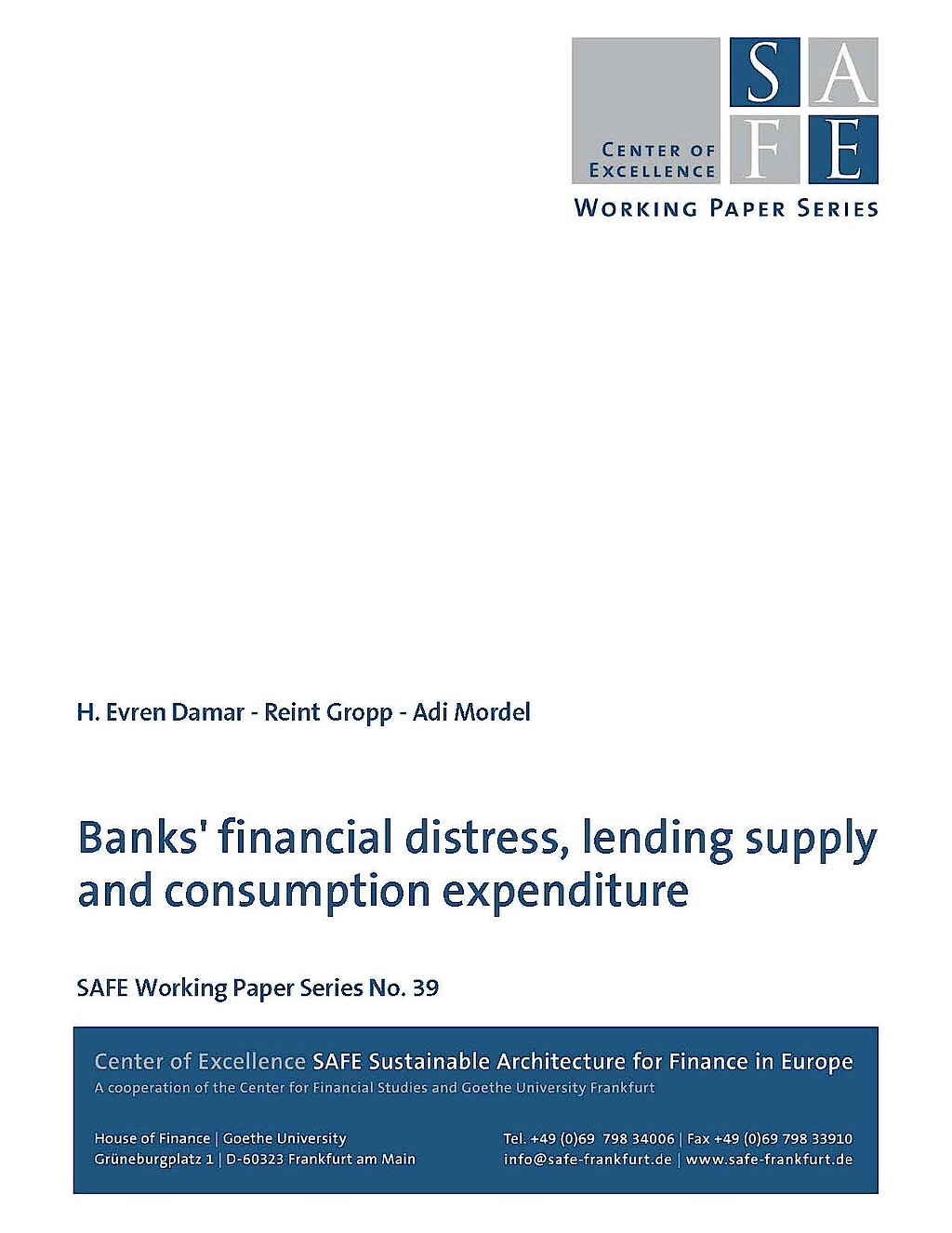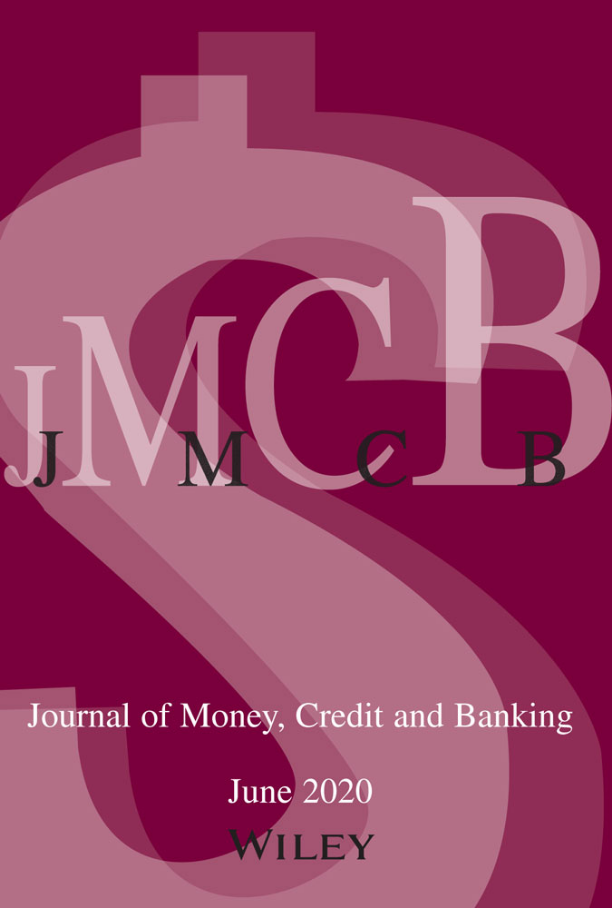
Banks’ Financial Distress, Lending Supply and Consumption Expenditure
We employ a unique identification strategy linking survey data on household consumption expenditure to bank-level data to estimate the effects of bank financial distress on consumer credit and consumption expenditures. We show that households whose banks were more exposed to funding shocks report lower levels of non-mortgage liabilities. This, however, does not result in lower levels of consumption. Households compensate by drawing down liquid assets to smooth consumption in the face of a temporary adverse lending supply shock. The results contrast with recent evidence on the real effects of finance on firms’ investment and employment decisions.





